January 30, 2019
Talkin’ about my generation: Harnessing the power of the multigenerational workplace
 A child born in the west today has a 50 percent chance of living to be at least 105. This is of course a good thing – most people welcome the idea of a longer, healthier life – but it does mean that many of us will need to work longer as pension funds shrink and retirement ages increase. This has led to a new reality for business, the rise of the multigenerational workforce. Organisations that recognise that they can draw on talent from all ages and life stages will have a competitive advantage over those with a more traditional outlook. However, this new model can also present challenges – something that all businesses should consider. (more…)
A child born in the west today has a 50 percent chance of living to be at least 105. This is of course a good thing – most people welcome the idea of a longer, healthier life – but it does mean that many of us will need to work longer as pension funds shrink and retirement ages increase. This has led to a new reality for business, the rise of the multigenerational workforce. Organisations that recognise that they can draw on talent from all ages and life stages will have a competitive advantage over those with a more traditional outlook. However, this new model can also present challenges – something that all businesses should consider. (more…)







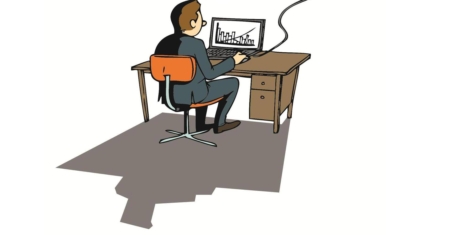

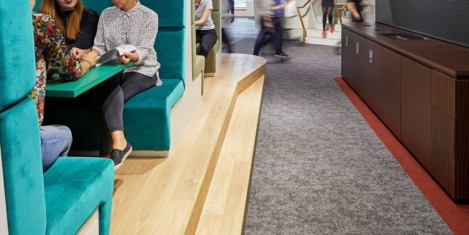
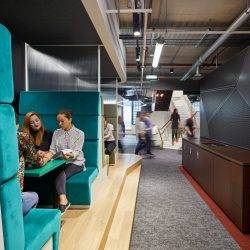
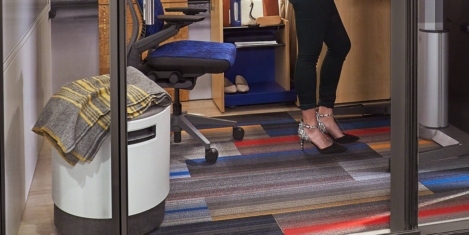
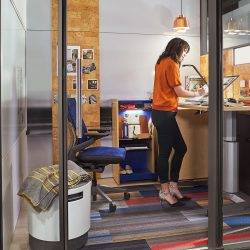


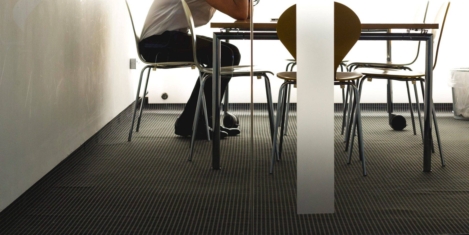
 The collective effort to improve mental health awareness has gained real momentum in recent years and in the workplace there’s growing recognition that mental wellbeing among employees is good for business. But the way we’re working – the ‘always on’ culture, innovation moving at breakneck speed, and a global workforce operating 24/7 – is creating a mental burden among employees that is generating more mental health challenges. According to the City Mental Health Alliance, 44 percent of employers are seeing an increase in reported mental health concerns. Our own research of international business leaders has also shown that two thirds of them have suffered from mental health conditions. This is not only worrying for the individuals but problematic for the wider business, as culture is driven from the top.
The collective effort to improve mental health awareness has gained real momentum in recent years and in the workplace there’s growing recognition that mental wellbeing among employees is good for business. But the way we’re working – the ‘always on’ culture, innovation moving at breakneck speed, and a global workforce operating 24/7 – is creating a mental burden among employees that is generating more mental health challenges. According to the City Mental Health Alliance, 44 percent of employers are seeing an increase in reported mental health concerns. Our own research of international business leaders has also shown that two thirds of them have suffered from mental health conditions. This is not only worrying for the individuals but problematic for the wider business, as culture is driven from the top.
















January 31, 2019
Get ready for the next wave of technological innovation, or get left behind
by Bruce Barclay • Comment, Facilities management, Property, Technology
(more…)